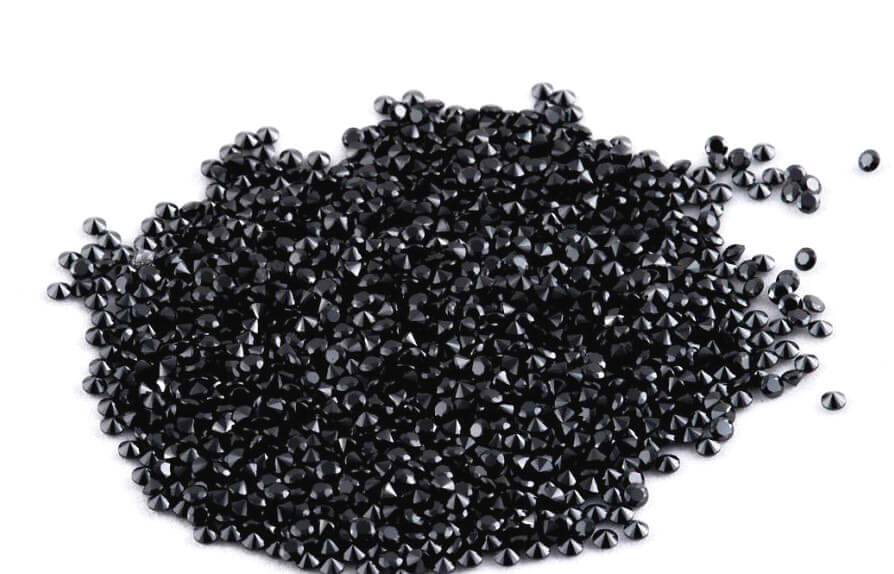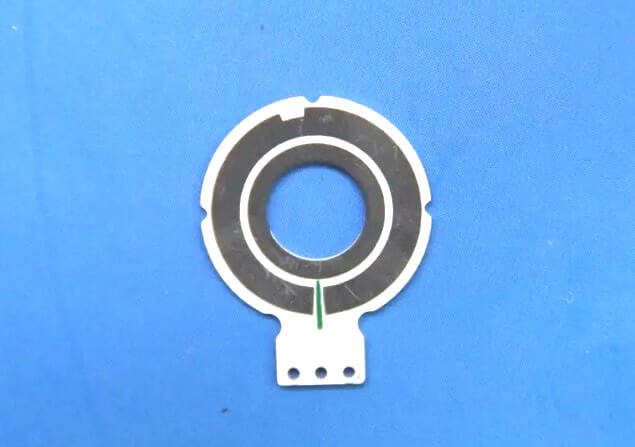Plastics are often considered to have very poor electrical conductivity, so they are used to make insulating cable covers.
Nevertheless, scientists have discovered that plastic conductors can be made by mixing the plastics with a high concentration of stringy carbon black and a coking compound.
Plastic conductors are the most important class of conductive polymeric materials.

Plastic conductors combine the electric conductivity of metals with the various properties of plastics.
To impart electrical conductivity to a polymer, a π-conjugated system must be introduced to form a polymer with overlapping π electron systems.
Besides, the regular structure of the polymer is essential and the dopant can be used for it.
So, The first condition for a plastic material to be a conductor of electricity is that it has a system of conjugated π electrons..
The second condition is that it is chemically or electrochemically doped. Namely, polymer chains gain or lose electrons by redox process.
Plastic conductors are usually divided into two large groups:

Structural plastic conductors
Structural plastic conductors are plastics that are inherently conductive on their own.. The conductive carriers (electrons or ions) are provided by the polymer structure.
after mixing, the conductivity of these plastics can be significantly increased. Some may even reach conductivity of metals.
There are two main types of dopant: the chemical dopant and the physical dopant. dopants have electron acceptor, electron donor and electrochemical dopants.
Doped polyacetylene is a typical example. After adding iodine or arsenic pentafluoride and other electron acceptors, its conductivity can increase up to 104Oh-1·cm-1.
Structural conductive plastics can be used to make high-power plastic batteries, high energy density capacitors, microwave absorbing materials, etc.
Composite plastic conductors
In Composite Plastic Conductors, the plastic itself is not a conductor of electricity. It only acts as a binder. Conductivity is obtained by mixing conductive substances such as carbon black and metal powders..
These conducting substances are known as conducting charges.. Silver powder and carbon black are the most commonly used.. Play a role in providing carriers in composite conductive plastics.
Composite plastic conductors are easy to prepare and have a high degree of practicality. These materials are often used in switches, pressure sensitive components, connectors, electromagnetic shields, resistors and solar cells.
The use of plastic conductors in applications such as antistatic additives, anti-electromagnetic screens for computers and smart windows has developed rapidly.
And there is also a wide range of promising applications in light emitting diodes., solar cells, mobile phones, miniature television screens and even life science research.
Besides, the combination of plastic conductors and nanotechnology will also help promote the rapid development of molecular electronics.
In the future, the human being will not only be able to enormously increase the speed of computers, but also reduce its size. Thus, it has been predicted that the laptop of the future could fit in a watch.
